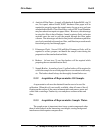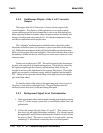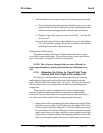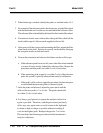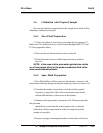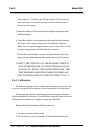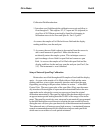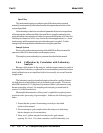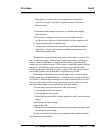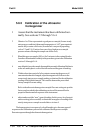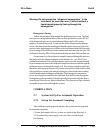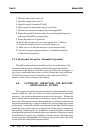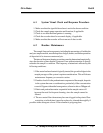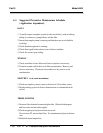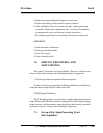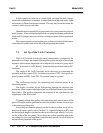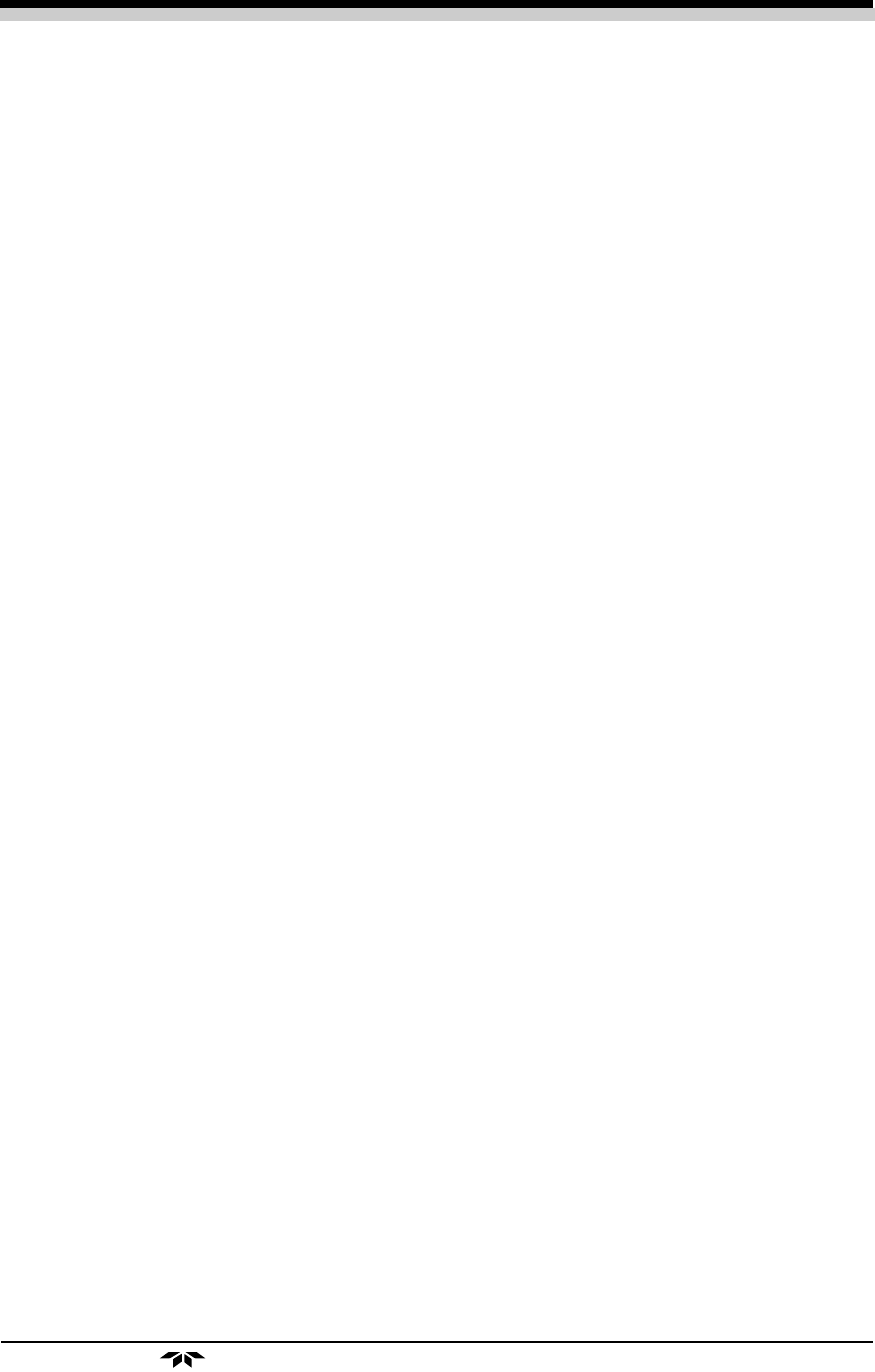
Part III: 1-33
Oil in Water Part III
Teledyne Analytical Instruments
individually, to insure that oil concentrations are identical in
each. Two samples are used for duplicate analysis which are
then averaged.
4. One minute after samples are drawn, record the meter reading,
time, and date.
5. Do not allow samples to settle for any great length of time to
avoid excessive adhesion of undissolved oil to the container walls.
6. Analyze both samples in the laboratory.
7. Average the results and plot versus the time and date the samples
were taken. Also plot the systems oil reading on the same chart
at the corresponding time.
Plot both the system and laboratory results twice a day, for four or five
days, on the same graph. If the system is operating properly, and the ana-
lyzer is correctly calibrated, the system and laboratory graphs should be
displaying very similar
averages. If the system is operating properly, but the
analyzer is off calibration, the system and laboratory graphs should be
trending in the same directions, but the average of the system graph will be
consistently higher or lower than the average laboratory results.
If the analytical results are consistently high or low, a corrected span
setting can be derived mathematically. Note the average system and labora-
tory results. Calculate the percentage error existing between the two results.
Note, the span setting of the control unit (refer to part I, section 3), use the
calculated percentage error to calculate the new span setting.
Calculate the correction to be made to the span setting:
1. Average the chemical lab reports.
2. Average the analyzer results.
3. When the lab results differ from the analyzer results, correct the span
setting:
(Lab Results) X (Span Setting)
Analyzer Results
4. Readjust the automatic zero reference point setting immediately after
the change in span setting.
See the correlation table below as an example of how analyzer results
and lab results are correlated.



